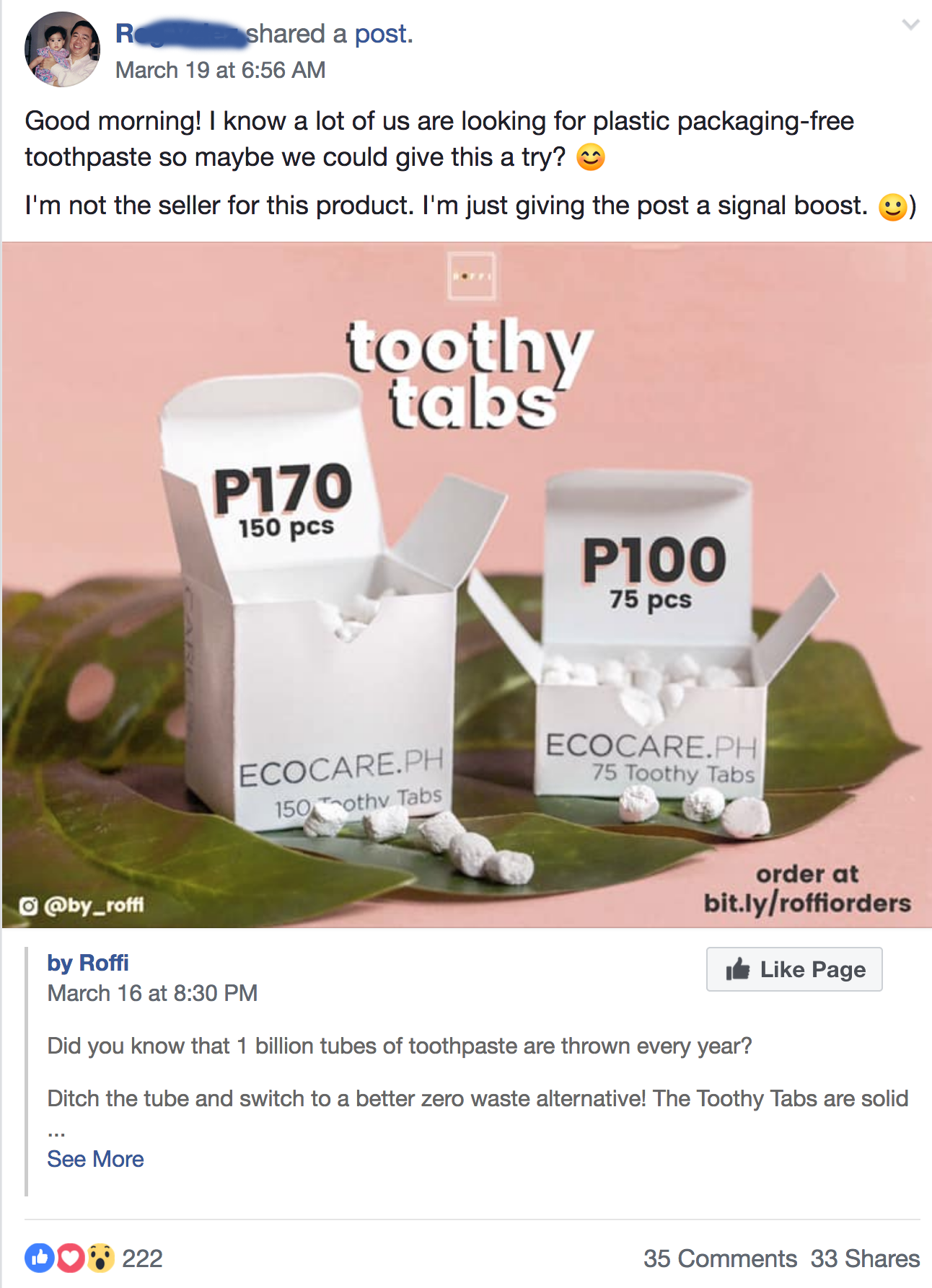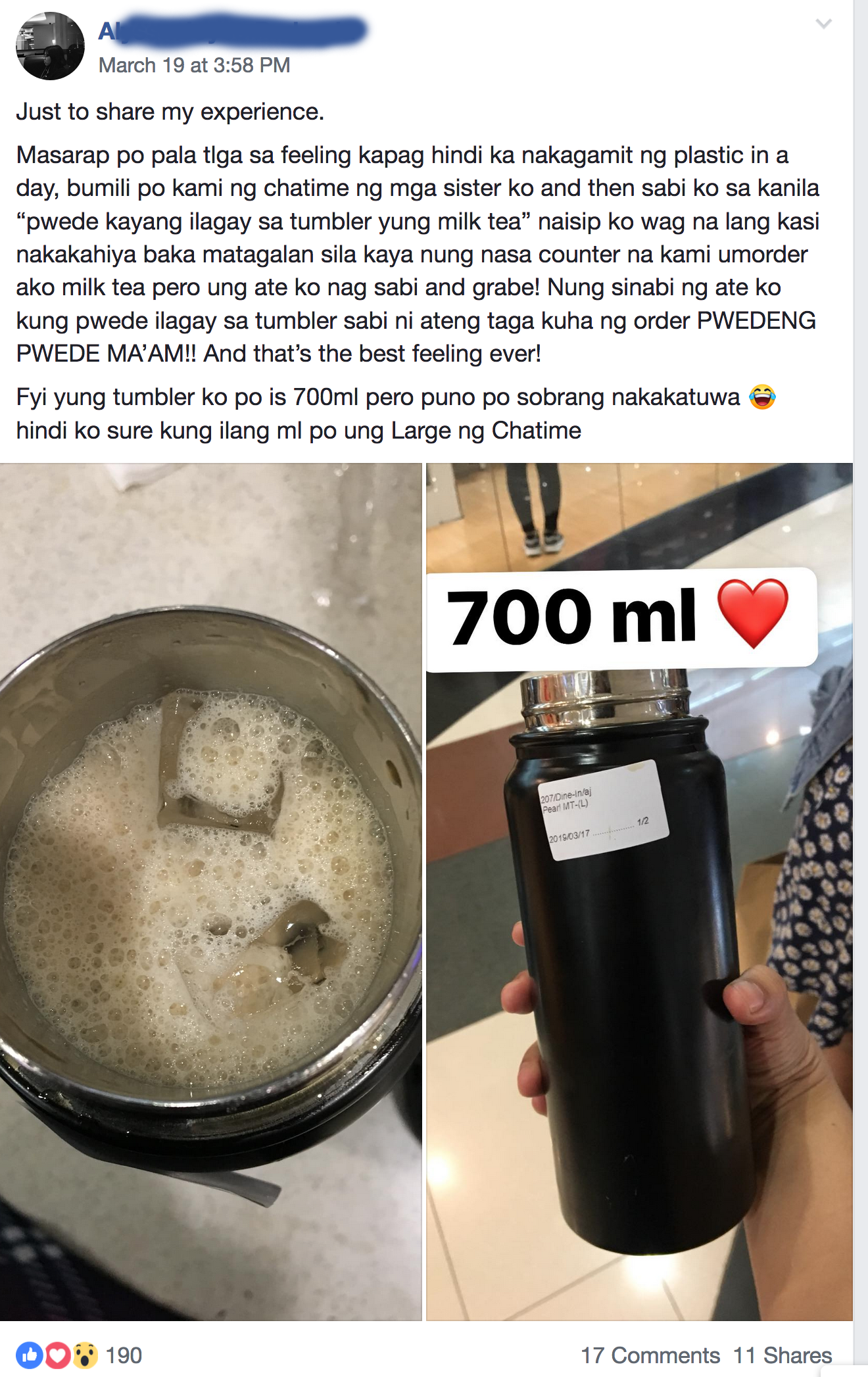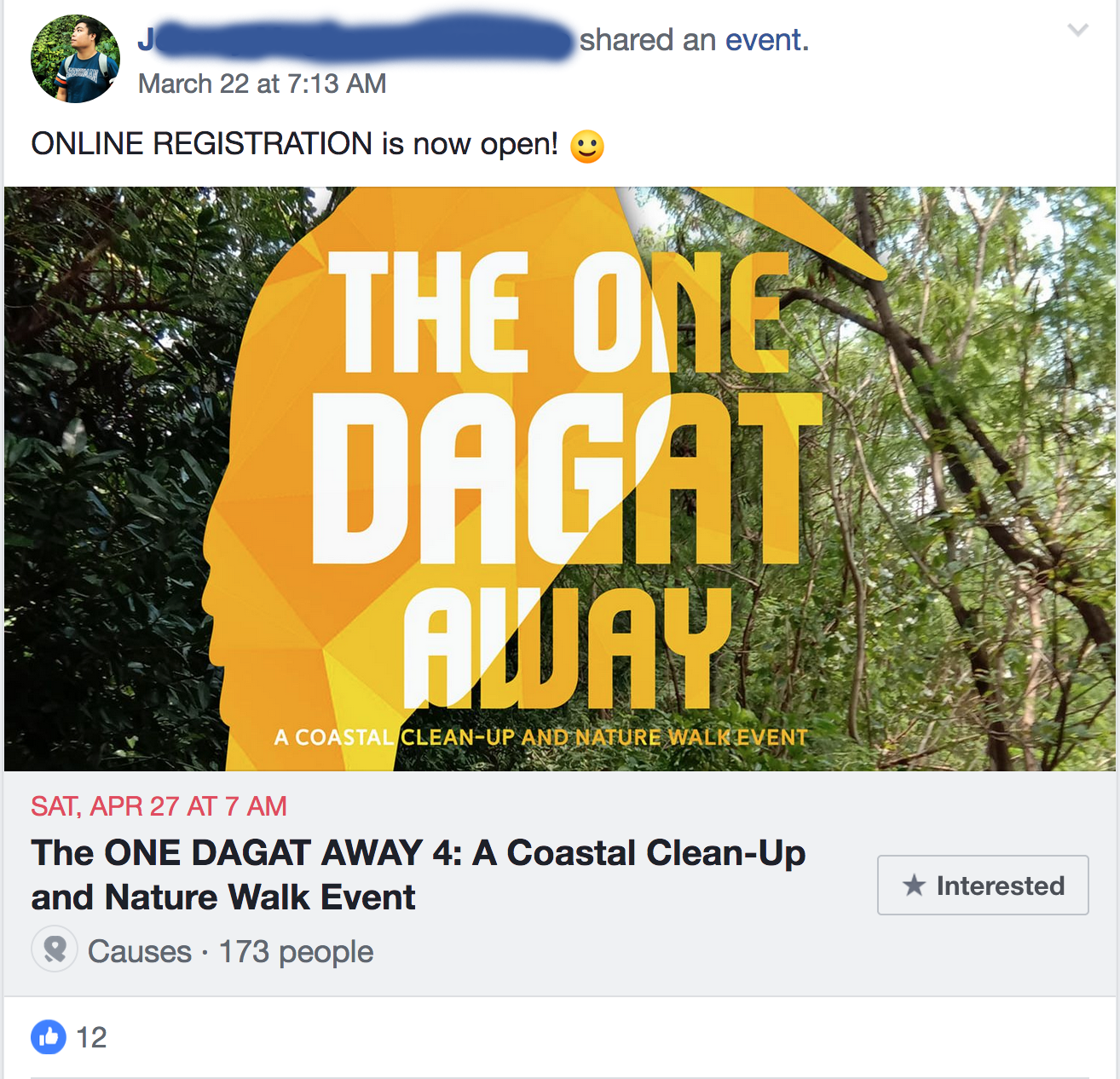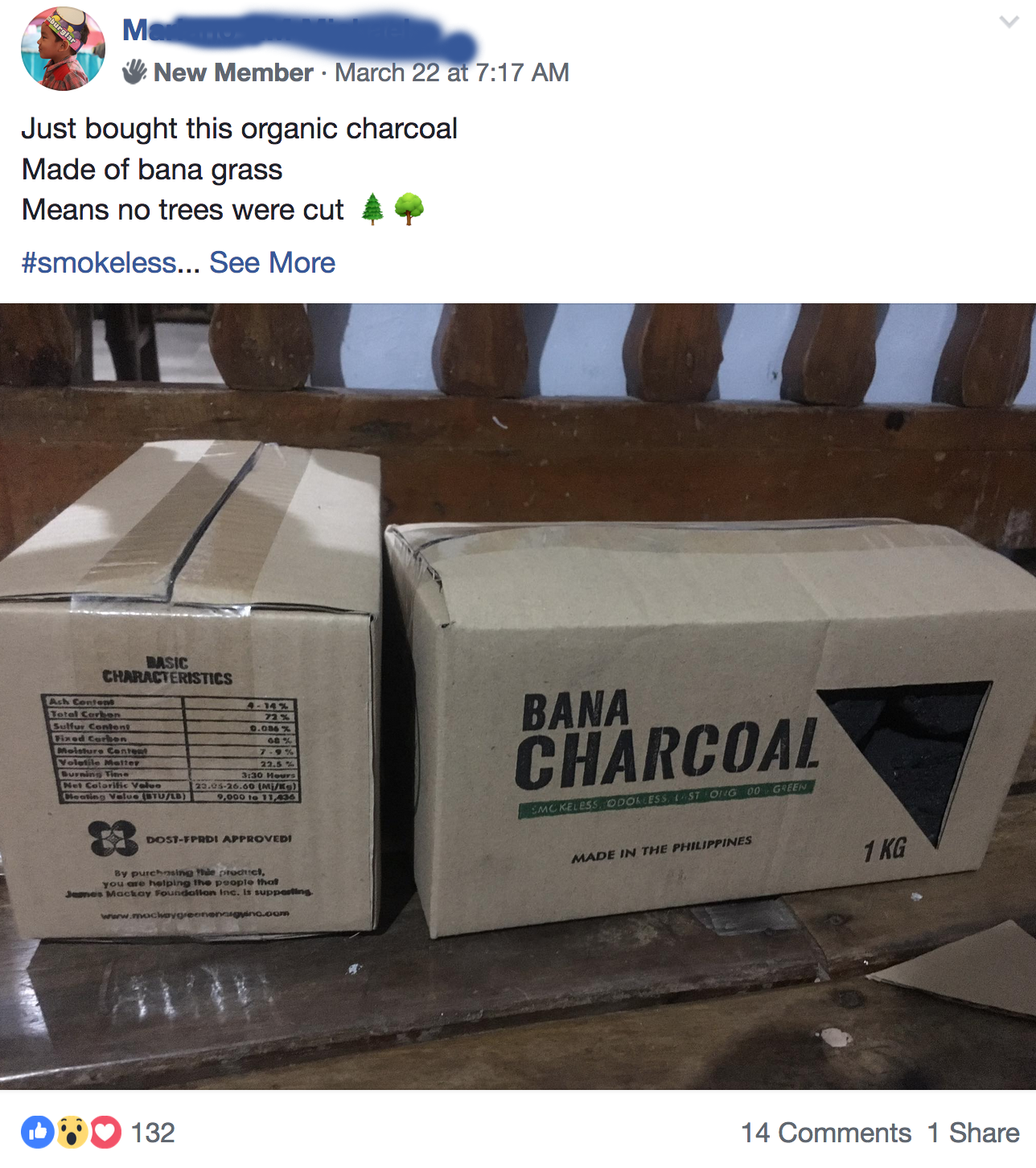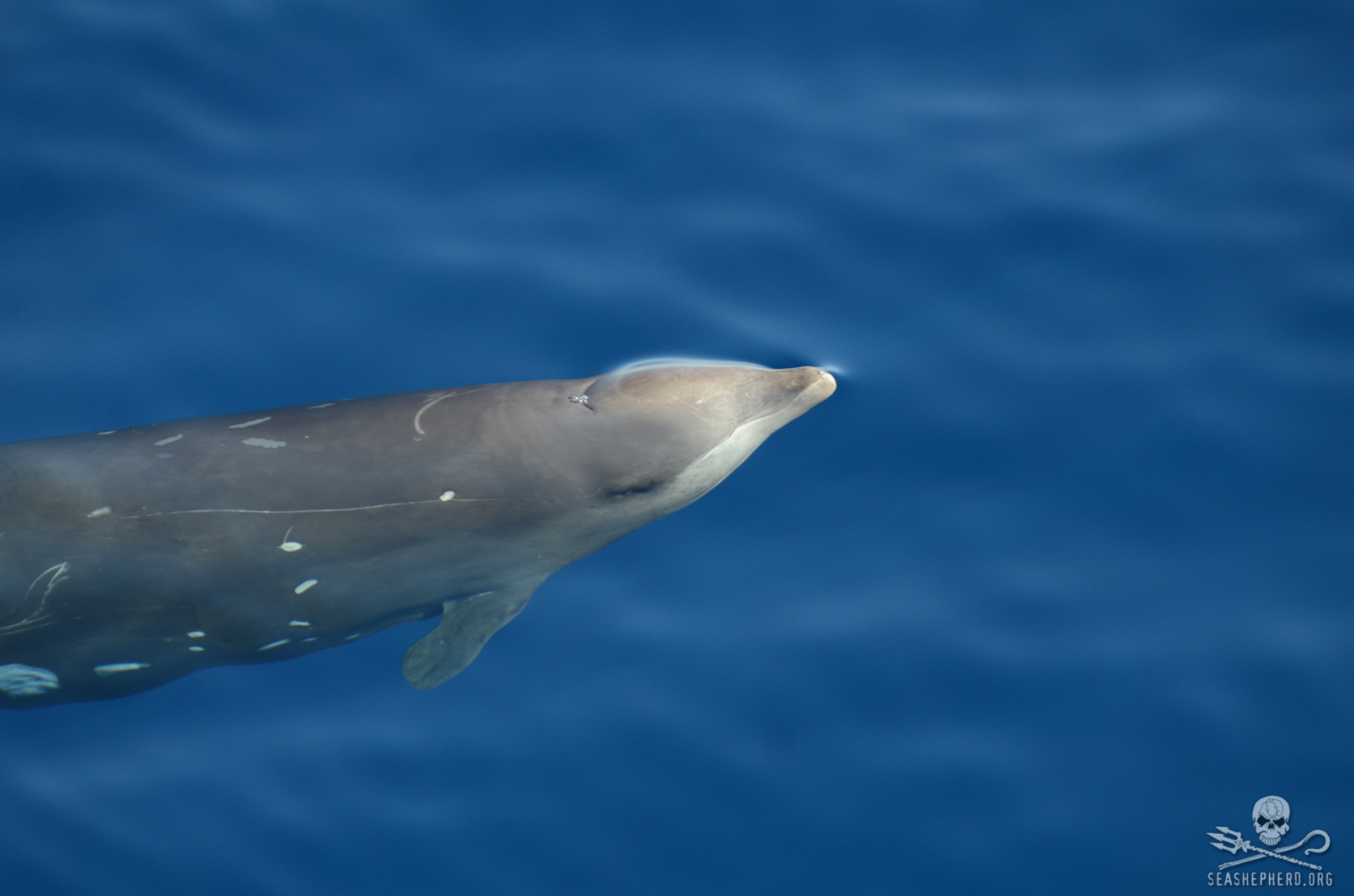Rice sacks, grocery bags, and banana plantation bags were among the 40 kilos of plastic debris retrieved from the dead Curver’s beaked whale washed ashore in Mabini, Compostela Valley two weeks ago. Marine biologist Darrell Batchley, a.k.a. The Bone Collector said it was the “most plastic” that he has ever seen in a whale.The Philippines has become the world’s third largest source of plastic leaking into the ocean and has among the highest trash collection rates in Southeast Asia, according to the 2015 report on plastic pollution by the Ocean Conservancy and McKinsey Center for Business and Environment. China and Indonesia were ranked first and second, respectively. The Philippines generates 2.7 million tons of plastic waste annually and 20 per cent – or half a million tons – of that leaks into the oceans. Environmental activists blame corruption, lack of political will, and the single-use plastic sachets as the main reasons for plastic pollution in the Philippines.
The recent rehabilitation of Boracay resort and the cleaning up of Manila Bay show glimpses of how far the government can really go in terms of environmental protection – if the President of the republic himself heeds the cry of the ocean and takes action to address the problem.
On a micro-but-crucial level, ordinary citizens can help avoid pollution by sharing information on how to keep the surroundings clean. Social media is the quickest way today to reach out and educate people. BUHAY ZERO-WASTE (BZW) is one the cerebral Facebook Filipino communities that promote curated posts and events in the Philippines related to reducing the amount of waste that we produce in our day-to-day living. To date, BZW has 34,666 members.
Let’s look at some of the top posts today at BZW. We might just learn something here.



